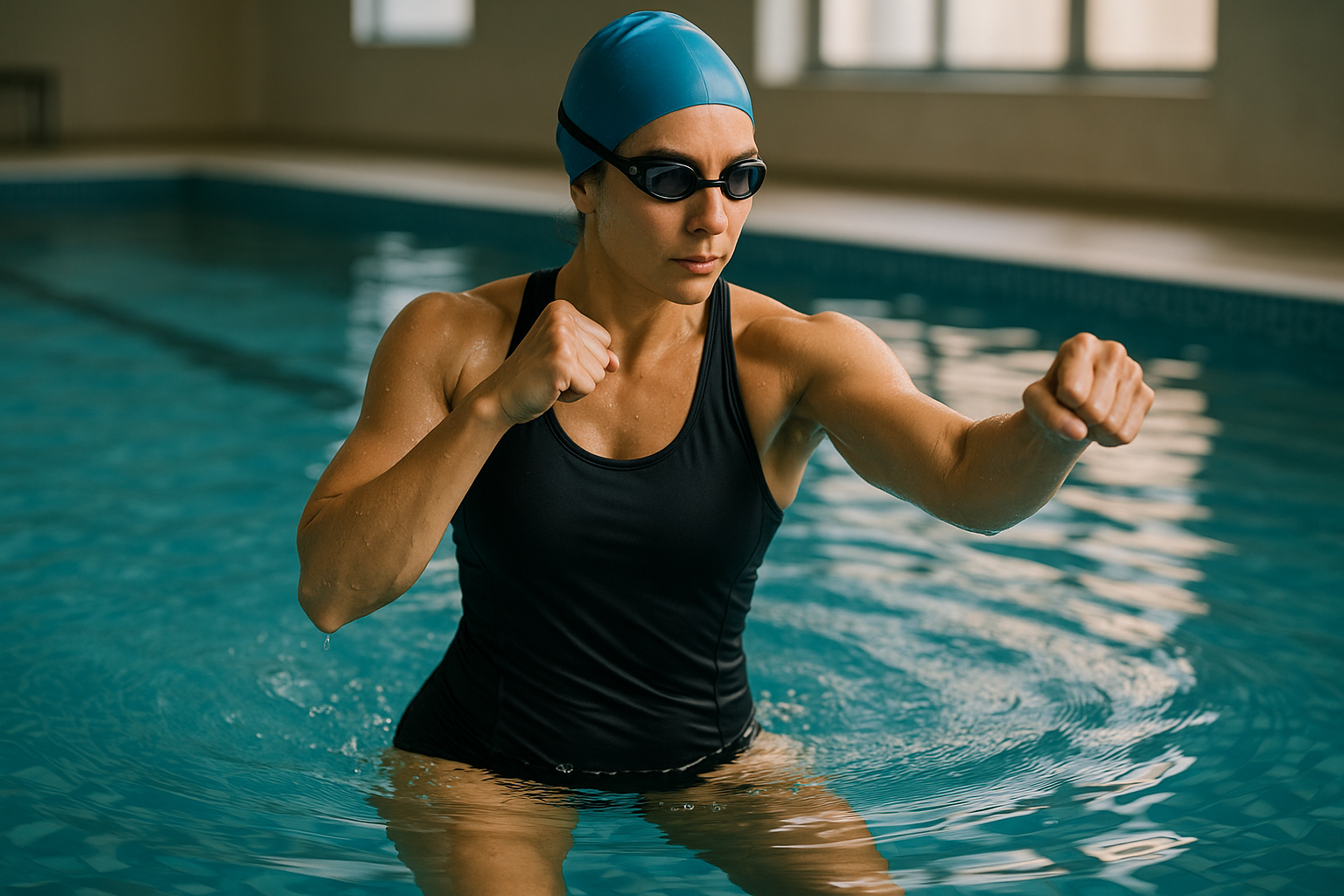Swimming For Seniors: A Comprehensive Guide
Swimming offers a unique combination of cardiovascular exercise, strength training, and flexibility work that is particularly well-suited for older adults. As a low-impact activity, it places minimal stress on joints while providing resistance that helps maintain muscle mass and bone density. Whether you are new to swimming or returning after years away from the pool, understanding how to approach this activity safely and effectively can help you maximize its numerous health benefits while enjoying a refreshing form of exercise.

Benefits of Swimming for Seniors
Swimming stands out as one of the most beneficial forms of exercise for older adults, offering advantages that extend far beyond simple physical fitness. The buoyancy of water supports body weight, reducing stress on joints by up to 90 percent compared to land-based activities. This makes swimming an ideal choice for individuals managing arthritis, osteoporosis, or recovering from joint replacement surgery. The resistance provided by water helps build and maintain muscle strength without the impact associated with weightlifting or running. Additionally, swimming improves cardiovascular health by strengthening the heart and improving circulation, which can help manage blood pressure and reduce the risk of heart disease.
Beyond physical benefits, swimming contributes significantly to mental and emotional well-being. The rhythmic nature of swimming strokes and controlled breathing can have meditative effects, reducing stress and anxiety. Regular swimming has been associated with improved sleep quality, enhanced mood, and better cognitive function. The social aspect of joining a swim class or aquatic exercise group provides opportunities for connection and community, which are vital components of healthy aging. Water-based exercise also improves balance and coordination, helping reduce the risk of falls, which is a major concern for older adults.
Getting Started with Swimming
Beginning a swimming routine requires thoughtful preparation and a gradual approach. Before starting any new exercise program, consult with your healthcare provider, especially if you have existing health conditions or have been inactive for an extended period. Once cleared for activity, consider taking lessons from a certified instructor who has experience working with older adults. Many community pools, YMCAs, and recreation centers offer adult beginner classes or water aerobics specifically designed for seniors.
Start slowly and focus on building comfort and confidence in the water. Begin with shallow water activities or water walking to acclimate yourself to the aquatic environment. As your comfort level increases, gradually introduce basic swimming strokes. Freestyle and backstroke are often recommended for beginners as they promote good body alignment and breathing patterns. Aim for two to three sessions per week, starting with 15 to 20 minutes and gradually increasing duration as your endurance improves. Always warm up before swimming with gentle movements and stretch afterward to maintain flexibility.
Choosing the Right Swim Gear
Selecting appropriate swimming equipment enhances comfort, safety, and performance in the water. A well-fitting swimsuit is essential; look for styles made from chlorine-resistant fabric that provide adequate support and coverage. Women may prefer one-piece suits with built-in support, while men typically choose swim trunks or briefs that allow freedom of movement. Goggles are crucial for protecting eyes from chlorine and improving underwater visibility. Choose goggles with adjustable straps and cushioned seals that create a comfortable, leak-free fit.
Additional equipment can enhance your swimming experience and provide extra support. A swim cap protects hair from chlorine damage and reduces drag in the water. Aquatic shoes with non-slip soles provide traction on wet pool decks and protect feet from rough surfaces. Kickboards and pool noodles are excellent tools for building leg strength and providing flotation support during workouts. Pull buoys, which fit between the thighs, isolate upper body muscles and help improve arm strength and technique. Resistance gloves or paddles can increase the intensity of your workout as you become more advanced.
Swimming Workouts for Seniors
Developing an effective swimming workout routine involves balancing different strokes, intensities, and rest periods to match your fitness level and goals. A typical session should include a warm-up, main workout, and cool-down period. Begin with five to ten minutes of easy swimming or water walking to prepare your body. The main workout might include intervals of different strokes, such as four lengths of freestyle followed by two lengths of backstroke, repeated several times with brief rest periods between sets.
Variety keeps workouts engaging and challenges different muscle groups. Incorporate water aerobics movements like leg lifts, arm circles, and torso twists performed in chest-deep water. Try interval training by alternating between moderate-paced swimming and slower recovery periods. As fitness improves, gradually increase workout duration to 30 to 45 minutes. Focus on proper technique rather than speed; efficient movements reduce fatigue and prevent injury. Consider joining a structured aquatic fitness class where an instructor guides the workout and provides modifications for different ability levels.
Safety Considerations and Tips
Prioritizing safety ensures that swimming remains an enjoyable and sustainable activity. Never swim alone; choose facilities with lifeguards on duty or swim with a partner. Enter and exit the pool using stairs or ladders with handrails, taking care on wet surfaces. Stay hydrated by drinking water before, during, and after swimming, as it is easy to overlook fluid loss while in the pool. Be mindful of water temperature; pools maintained between 82 and 86 degrees Fahrenheit are generally most comfortable for older adults and those with arthritis.
Pay attention to your body and recognize warning signs that indicate you should stop or rest. Dizziness, chest pain, shortness of breath, or unusual fatigue warrant immediate cessation of activity and medical evaluation if symptoms persist. If you have diabetes, monitor blood sugar levels before and after swimming, as exercise affects glucose levels. For individuals with limited mobility or balance concerns, consider starting with seated water exercises or using flotation devices for added security. Gradually progress as strength and confidence build.
Conclusion
Swimming provides older adults with a comprehensive exercise option that supports physical health, mental well-being, and social engagement. By understanding the benefits, starting gradually with proper instruction, selecting appropriate equipment, and following safety guidelines, seniors can enjoy this low-impact activity for years to come. Whether your goal is to improve cardiovascular fitness, manage chronic conditions, or simply enjoy time in the water, swimming offers a sustainable and enjoyable path to maintaining an active lifestyle throughout your later years.
This article is for informational purposes only and should not be considered medical advice. Please consult a qualified healthcare professional for personalized guidance and treatment.




